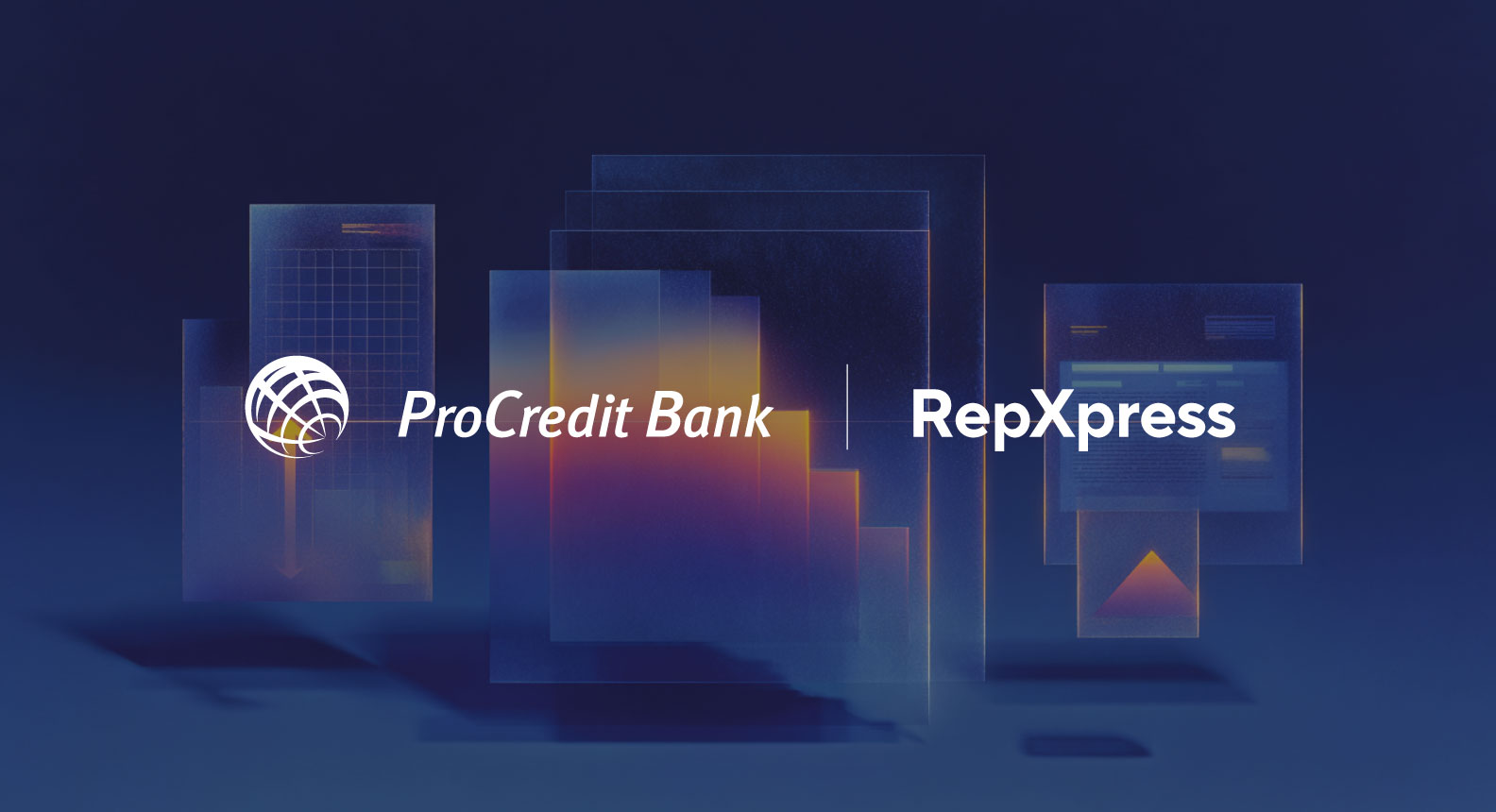Having conquered the B2C segment first, tech-enabled BNPL’s application in the B2B context is only seemingly lagging behind. Due to larger transaction values and the fast development of offerings, the B2B BNPL market is assessed to be more than three times the size of the B2C sector and growing twice as fast. Although similar, the two markets differ in their purchasing models, behavior, and dynamics [1]. This article will review some of the B2B BNPL specifics underpinning its development.
How do BNPL B2B and BNPL B2C differ?
On the surface, B2B BNPL and B2C BNPL look quite similar. They both depict a process in which a buyer makes an immediate purchase of goods/services and splits the payment into equal instalments with low or no interest. However, research shows that the two models also demonstrate distinct differences. Some of these include:
- There are different regulations for business and consumer lending
- B2B transactions typically involve larger purchases and longer payment terms
- B2B credit risk assessments, including fraud detection, are more thorough
- B2B agreements may involve a higher degree of personalization
- B2C integrates with e-commerce platforms, whereas B2B needs to integrate with business systems such as CRM, CPQ and ERP
- B2B permits greater international application
Consequently, B2B BNPL represents a separate business opportunity that deserves consideration in its own right. Let’s now examine what makes the option unique.
B2B BNPL: A win-win scenario for businesses
There is a broad consensus that B2B BNPL offers clear advantages to sellers, buyers, and lenders, forming a win-win scenario for businesses. The following section highlights the primary advantages each party gains from this model.
1. Benefits for sellers (suppliers, distributors, B2B marketplaces)
With the help of B2B BNPL, sellers can achieve:
- Accounts receivable management through the provided upfront payment
- Higher sales volume and increased conversion rates
- Reduced credit risk, as it is the BNPL providers who take care of buyers’ credit checks
Overall, B2B BNPL helps sellers reach new customers and provides a new tool for enhancing customer experience and satisfaction.
2. Benefits for buyers
Some of the key benefits for buyers include:
- Addressing cashflow management via a better alternative than traditional credit
- Enabling faster transactions as BNPL decisions occur on the spot
- Ensuring a seamless purchase experience with reduced administrative burden
- Access to cross-country opportunities
Generally, B2B BNPL allows buyers to maintain their cash flow by deferring payments. Further, B2B BNPL is particularly relevant for smaller businesses with short financial histories that face difficulties in assuring access to traditional funding.
3. Benefits for lenders
For lenders, BNPL B2B ensures:
- Gaining revenue from the fees they charge retailers and from late payments
- Collecting rich consumer data
- Reaching a wider audience
Overall, through the BNPL B2B offering, lenders can ensure access to a new market of customers.
Despite the proven advantages of BNPL B2B for all parties involved, its potential is often assessed as untapped. Drawing on recent third-party analyses, the Paypers BNPL Report 2025 highlights that 31% of B2B buyers have never used BNPL, and 43% are unaware it’s available for B2B transactions. Further, 45% of surveyed companies indicate that they would spend more if they had better access to trade credit, whereas 90% report inefficiencies in their payment processes. Simultaneously, the share of sellers who offer BNPL as a payment option remains low, i.e. 21%. This suggests that its possibilities are still to be revealed [2].
B2B BNPL vs Other Credit Methods
While B2B BNPL shares similarities with traditional credit options like trade credit and factoring, it also brings some clear advantages that set it apart. Some of these include: 1) the seller receives the full amount of the invoice upfront; 2) B2B BNPL may enhance the relationship and trust between seller and buyer; and 3) it may be applied to all sorts of buyers.
Trade credit
In traditional trade credit, suppliers credit the buyers’ purchases and wait for customer payment. With BNPL, the supplier gets the money upfront, as the funding is provided by a third party that takes on the credit risk. BNPL is further characterized by significantly lower administrative burden, as it is technology-enabled.
Factoring
B2B factoring is often described as a process in which a seller sells an invoice at a discount to a third party, known as a factor, and receives between 70% and 90% of the invoice value. When the buyer pays the invoice, the factor collects it, deducts a small fee and pays the seller the remaining amount of the invoice. However, as many analysts observe, BNPL is similar to reverse factoring, in which the buyer decides to refinance the supply through a factor.
Potential use cases of B2B BNPL
B2B BNPL may be applied across industries. Examples include purchasing raw materials, office furniture, technical equipment, etc. Yet, B2B BNPL may be used for more expensive purchases, such as specialized equipment, electronics, machinery, hardware, software, construction, etc. It may also be applied to professional services, insurance, freight and logistics, events and hospitality, etc.
Let’s take a small real estate company, which needs to upgrade its office equipment, including computers, printers, and furniture. Instead of paying the whole amount upfront, the firm may implement a B2B BNPL solution. This way, it can spread costs over several months and improve its cashflow management.
Another example could be a dental center that needs new medical equipment to guarantee it can offer patients the whole spectrum of professional services. Using a B2B BNPL solution, the center can obtain the new medical equipment by paying for the first instalment and spreading the rest over the next few months. The flexible payment terms also will let the center launch the new services while still paying the instalments, which allows them to earn the money they need by using the latest equipment.
Conclusion
This article examines some key differences between B2B and B2C BNPL and BNPL’s win-win model for businesses. We briefly compare BNPL with other popular credit methods and finally delve into some typical use cases for applying BNPL B2B. Having more than 27 years of experience in the financial domain, Sirma is ready to partner with you to deliver customized BNPL B2B technology solutions.


